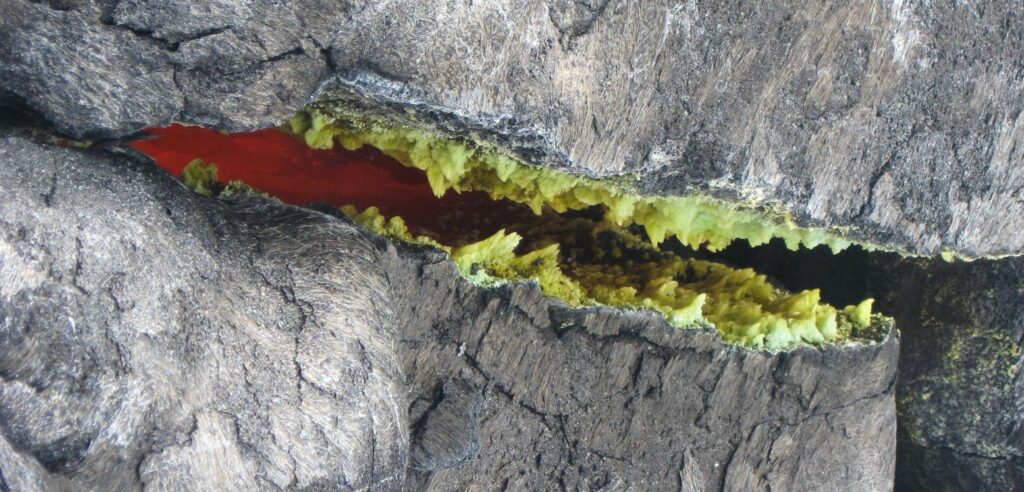Chapter 2 Review of Physical Geology
Learning Objectives
After having carefully read this chapter and completed the exercises within it and the questions at the end, you should be able to:
- Describe the nature of atoms and their composition of protons, neutrons and electrons,
- Describe the two main types of bonding within minerals,
- Explain the basis for defining mineral groups and the different types of silicate minerals,
- Describe the general properties of igneous, sedimentary and metamorphic rocks and how they are formed,
- Describe the composition and structure of the Earth’s interior,
- Explain the mechanisms of plate tectonics, and describe some of the processes that take place at convergent, divergent and transform plate boundaries, and
- Describe some of the Earth systems that strictly involve the geosphere.
This chapter is intended to provide a broad overview of some of the aspects of Physical Geology that are relevant to Environmental Geology. It is mostly a review of what you might have studied in a course on Physical Geology. If you haven’t taken a Physical Geology course, you will likely want to read more than what is provided here. One place to start would be with a Physical Geology textbook, like this one: https://opentextbc.ca/physicalgeology2ed/. The main topics covered here are minerals and their properties, rocks and how they form, the Earth’s interior, and plate tectonics. The last section is on Earth systems that are of specific relevance to the geosphere, so even if you have recently completed a Physical Geology course, you might want to have a look at that part.
Figure 2.0.1 shows some of the aspects of rocks and minerals, and also alludes to Earth Systems that are relevant to geological process, which are covered at the end of this chapter.

Media Attribution
- Figure 2.0.1 Steven Earle, CC BY 4.0
